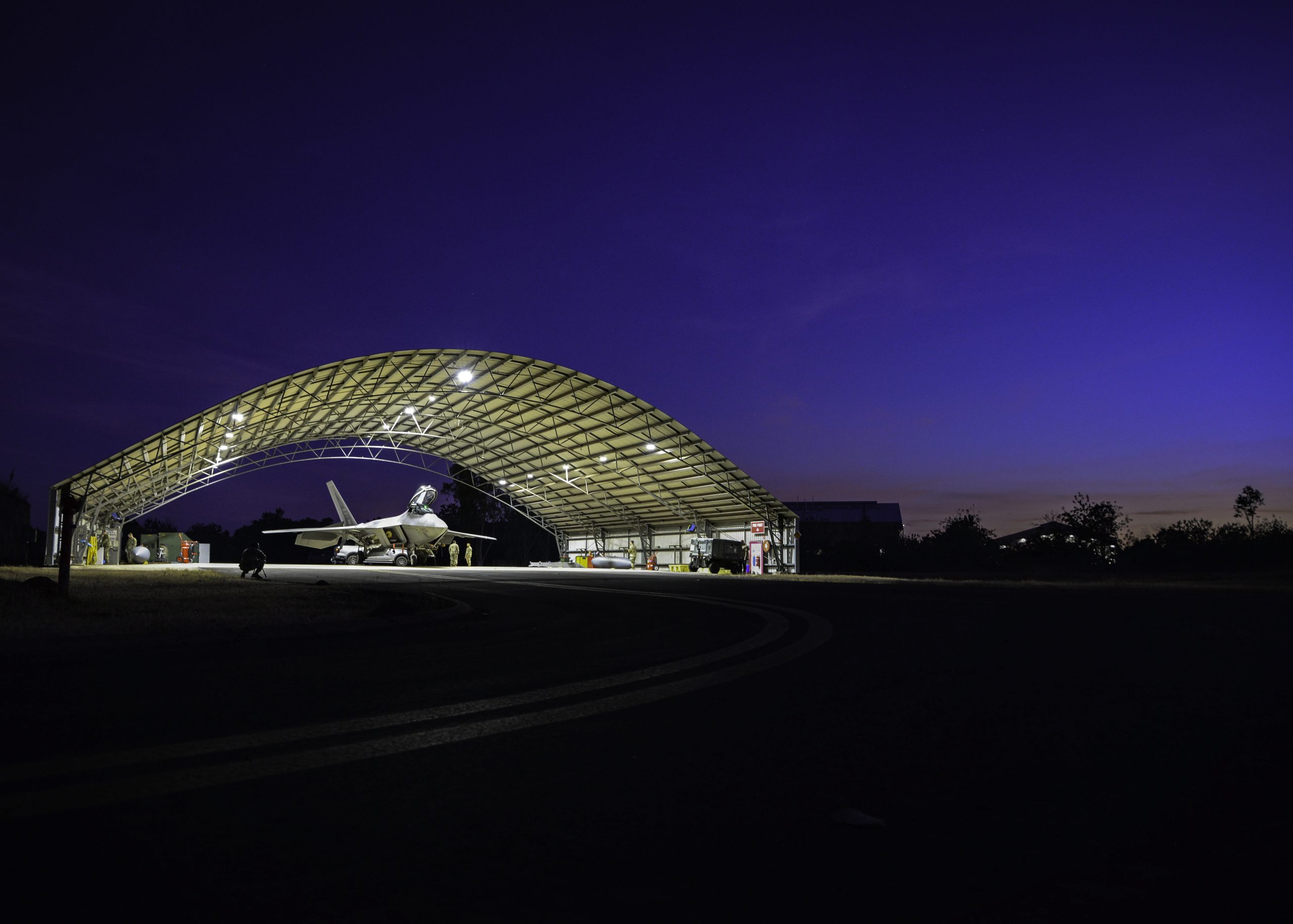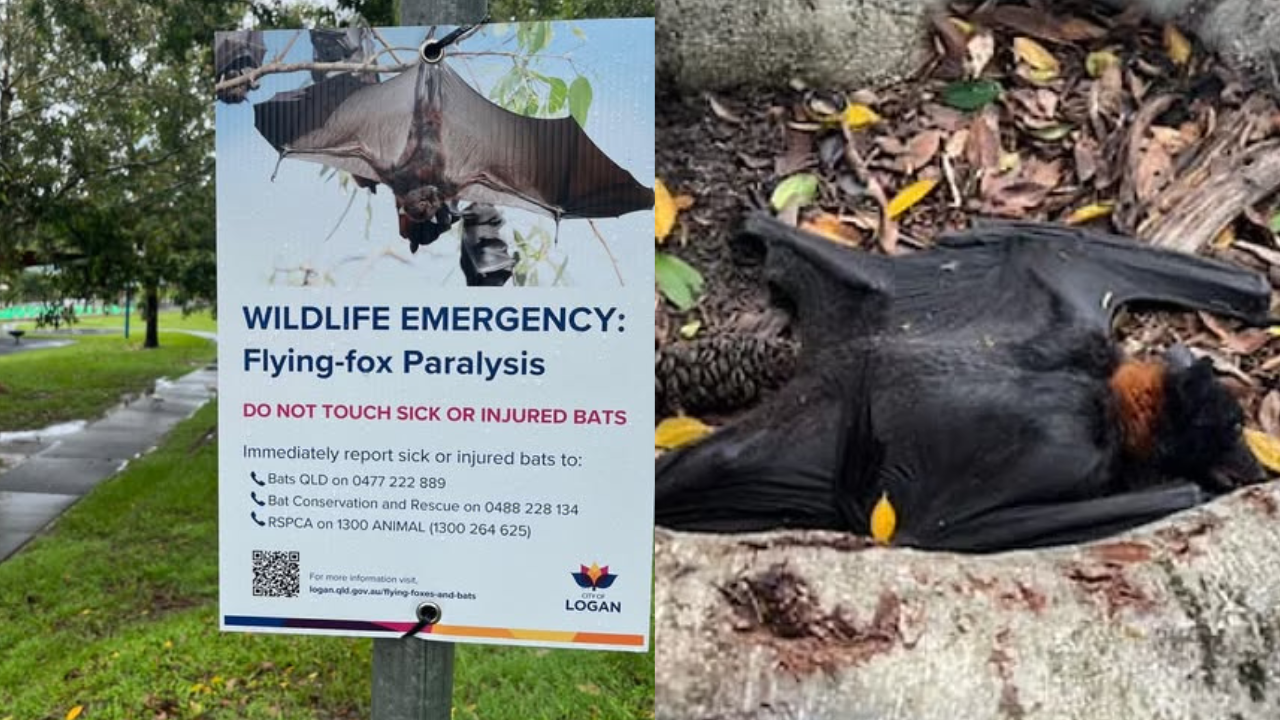Fighters from Around the World Join in on Massive Exercise in Australia

- by Admin
- July 16, 2024

Australia’s ‘Pitch Black’ air combat exercise kicked off this week with an array of fighters that marks its biggest iteration ever since starting in 1981.
“With approximately 140 aircraft and over 4,000 personnel from 20 nations participating, this year’s iteration of exercise Pitch Black is the largest participation in its 43-year history,” the Australian Department of Defense said in a statement.
The three-week exercise, running from July 12 to Aug 2, is primarily based at Royal Australian Air Force bases Darwin and Tindal in the country’s Northern Territory, strategically located for the host nation’s defense cooperation with regional partners.
The U.S. Air Force sent six F-22 Raptors from the 27th Fighter Squadron at Joint Base Langley-Eustis, Va., to Tindal earlier this month.
“This will be the first time the F-22A has participated in this exercise,” a Pacific Air Forces spokesperson told Air & Space Forces Magazine. The spokesperson explained that the Air Force deployed Raptors to Tindal during the previous iteration of the exercise in 2022, but the F-22s did not participate in the joint fighter training.
Among the 20 participating nations, 16 countries are deploying aircraft for combat training, while four will contribute personnel to observe and contribute to the exercise.
“For the first time, aircraft and personnel from Philippines, Spain, Italy, and Papua New Guinea and embedded personnel from Fiji and Brunei will participate in the exercise,” the Australian statement noted.
The Philippines, making its debut at the biennial exercise, sent FA-50PH Fighting Eagle aircraft to join the event last week, landing at Darwin, marking the first deployment of that air force’s aircraft for an internationally hosted exercise outside their own territory.
“The big thing that we’ll take away is a strong friendship with the Philippines and exercises like this will continue to strengthen that,” Australian Air Commodore Pete Robinson, who is leading the exercise, said in a statement. “We’ll walk away with a stronger partnership together.”
Additionally, the exercise will feature aircraft from France, Germany, India, Indonesia, South Korea, Japan, Malaysia, Singapore, Thailand, and the United Kingdom, along with personnel from Canada and New Zealand.
Italy, another first-timer in the combat training, has sent six F-35A and F-35B aircraft, four Eurofighters, a KC-767 refueling aircraft, and an E-550 Conformal Airborne Early Warning aircraft as a command-and-control platform, along with approximately 400 air force members.
The continued presence of the German, French, and Spanish air forces will be evident in the coming weeks as part of their Indo-Pacific fighter deployment mission called Pacific Skies. The initiative spans five exercises, starting with Arctic Defender in Alaska earlier this month. They will maintain their fighter commitment in the area with the Rim of the Pacific exercise in Hawaii, followed by two additional exercises in Japan and India throughout August.
This year’s Pitch Black serves as a platform for several NATO members to train for the first time with the alliance’s partner nations of the region. The European nations’ concerns over China’s military ties with Russia have prompted NATO to increase its focus on Indo-Pacific partnerships. At its 75th summit in Washington, D.C., last week, the 32 member states called China to “cease all material and political support to Russia’s war effort,” casting direct blame on Beijing for its role in Russia’s ongoing conflict in Ukraine for the first time.
“What happens in Ukraine today can happen in Asia tomorrow,” outgoing NATO Secretary General Jens Stoltenberg said July 11.
On top of fostering new partnerships, the training will immerse advanced fighter jets in complex scenarios, focusing on tactical execution of large force employment, offensive counterair, and ground operations.
“We’ll see the complexity rise throughout the exercise,” explained Robinson. “So relatively simple to start with, but the last week of the exercise, it’s fairly complex, building on all the lessons learned over the three weeks to be able to do those complex tasks.”
The Latest News
-
December 28, 2024Revealed! This tiny grip fix helped Scottie Scheffler win the Masters – Australian Golf Digest
-
December 28, 2024Scottie Scheffler out of The Sentry with hand injury suffered on Christmas – Australian Golf Digest
-
December 28, 2024Nitish Kumar Reddy blossoms to give India hope as century stalls Australia
-
December 28, 2024Demon finds early form to save Aussies in Cup tie
-
December 28, 2024Kyrgios slams ‘cheat’: Australian on comeback trail hits out at world No.1



